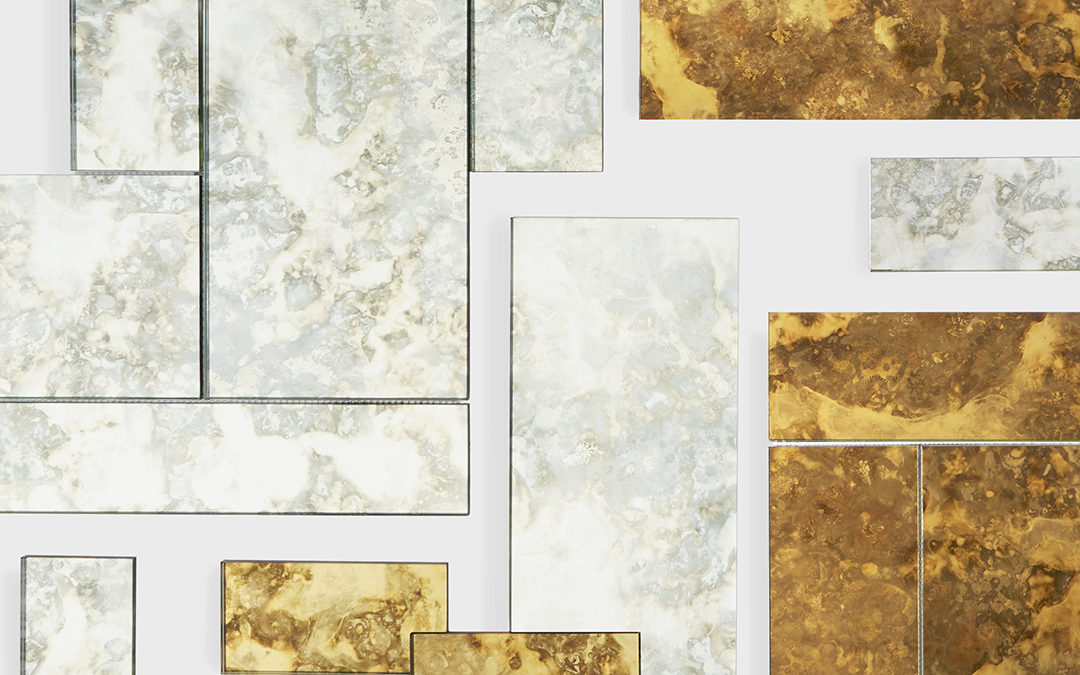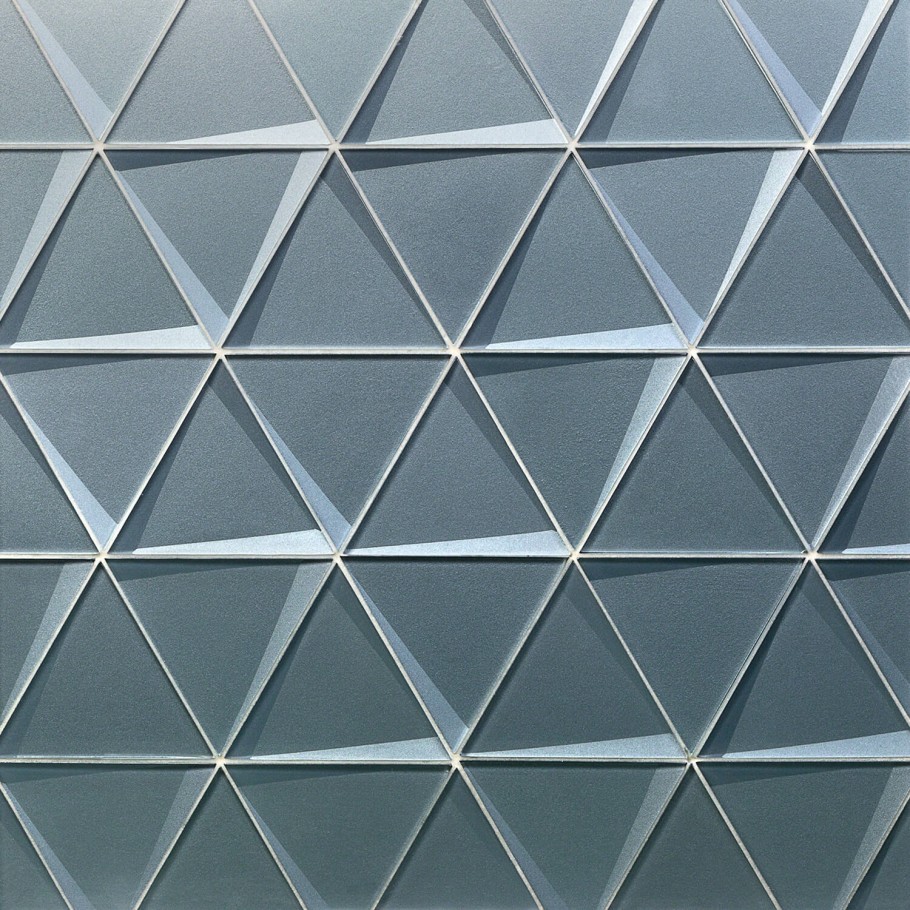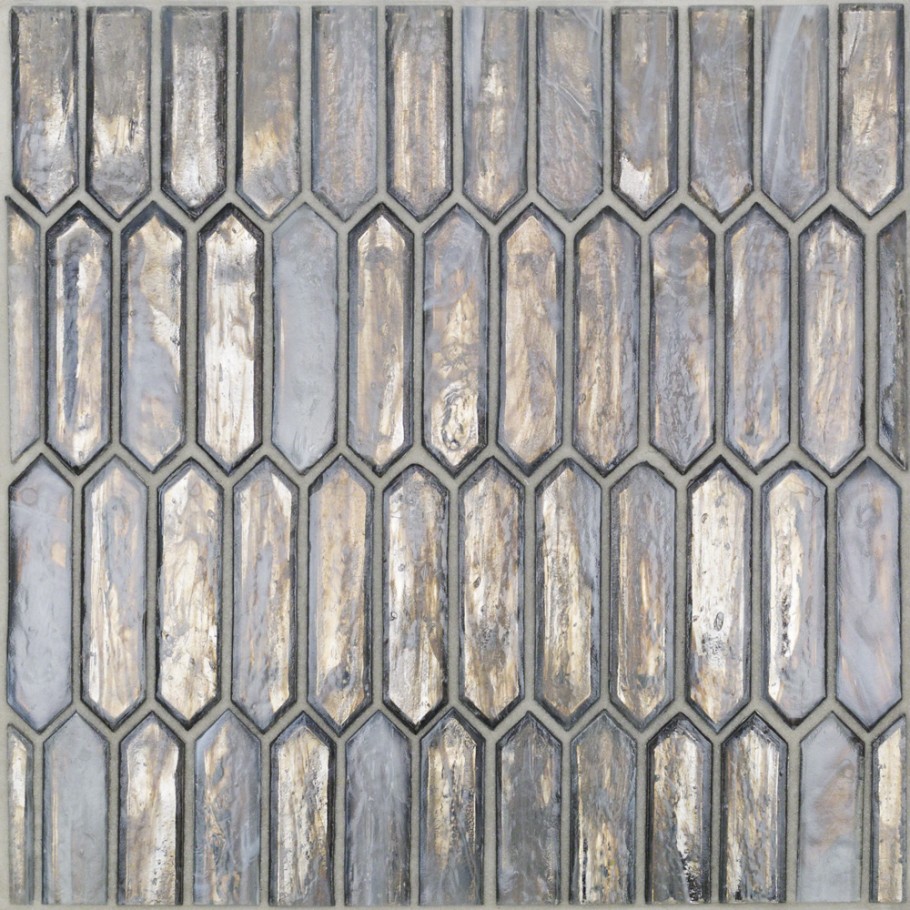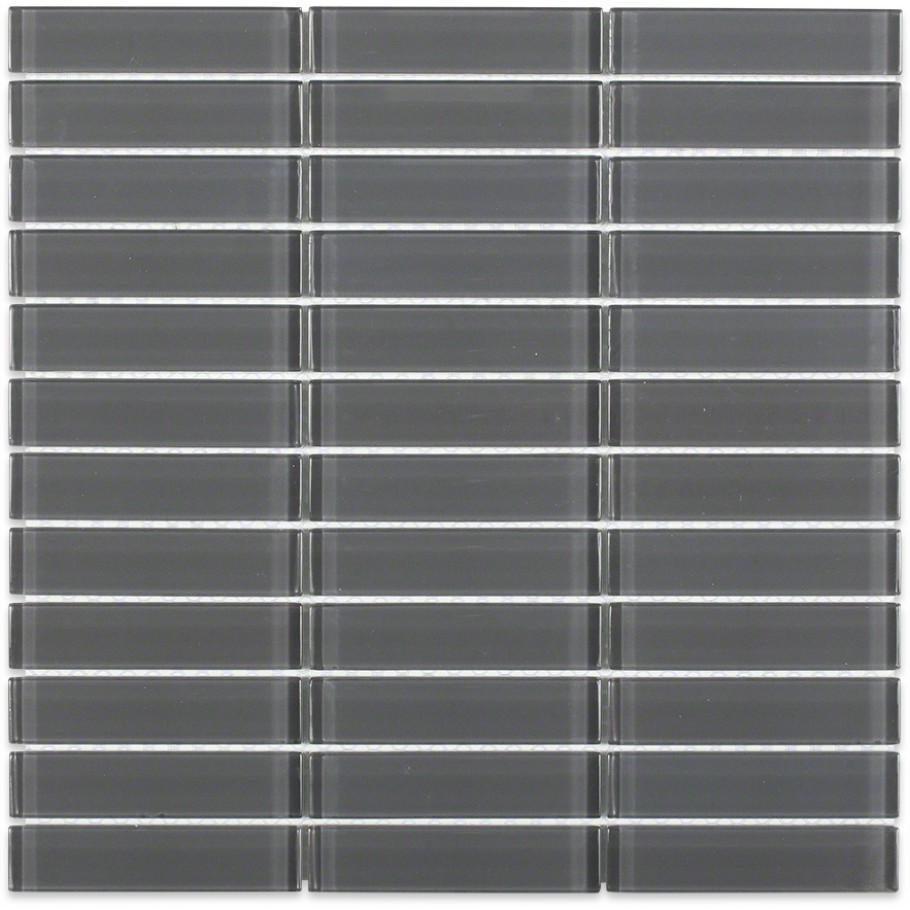Glass tiles are one of the most traditional yet timeless options on the market. It has a rich history of use dating back over a millennia. There’s a reason it’s stuck around: It’s beautiful and versatile.
To celebrate it, we have today’s post that will break down everything there is to know about glass tile. This way, you’re in-the-know and ready to break it out for your next design!
What you’ll find in this article:
+ How glass tile differs from other tiles
+ Different types of glass tile available
+ Reasons to use glass tile
+ Where to use glass tile
+ When you shouldn’t use glass tile
+ How-to install glass tile
+Quick, helpful tips
Are you as excited as us to get some one-on-one time with glass tile? Then let’s get to it.
How Is Glass Tile Different?
When perusing your options for the perfect tile, you’ll no doubt meet many contenders. With porcelain, and ceramic making their appearance. So, why would you settle for glass tile you wonder? Here’s two key reasons:
1. Variety
Unlike porcelain and ceramic, the sheer versatility that is glass tile will have you over the moon excited about it. While most ceramic and porcelain tiles will come in rectangular or square shapes, glass tile knows no limitations. It can be found in squares, circles, and more abstract concepts.
2. Glossy or Frosted
Sort of like choosing string fries or waffle fries, you get to choose what works best for your design palette with glass tile. You can choose from frosted options which showcase a more textural appeal or polished which showcases a nice shine.
What Are The Different Varieties of Glass Tile?
There are more than a handful of glass tile options on the market, all of which will create a stunning aesthetic. To give you some background on each, read below.
Clear: This type of glass tile is what most will probably recognize when they hear the word. It has color and shine.
Opaque: Opaque is simply glass tile that is solid, and can’t be seen through.
Mosaic/Mixed Material: A sheet of mixed glass tiles, usually in a square shape though not always, is called a mosaic. This is one of the more well-known versions of glass tile thanks to its mixed material body. There can be frosted or polished pieces alongside natural stone.
Bubble: This type of glass has bubbles “trapped” inside. This gives it a sense of textural depth.
Crystal: Crystal tile is a type of transparent glass where the back of each is coated in a color and then fired into place on the glass.
Stained: A choice that exudes beauty. The glass has dye added into it during creation which gives way to a unique appearance every time. Some stained glass looks more translucent, while others will have lines of color throughout.
What Are Some Reasons To Use Glass Tile?
Aside from their sheer versatility, there are several reasons to use glass tile that we’ll explore today.
Create The Appearance of A Larger Space
If you’re working with a smaller space, be it a bathroom or kitchen, one great thing about the glass tile is that it is reflective which similar to mirror tile, creates depth. The result is a sense of spaciousness.
Brighten Up Your Backsplash
Want to add a splash of color or showcase a more unique touch to your design? Glass tile can easily deliver on this. With its intricate appearance, multitude of finishes, and sheer natural beauty, it remains a top contender in easy-to-apply, easy-to-impress tiles. Get inspired with the latest trend in backsplashes.
Tactically Speaking, A Smarter Option
Aside from its intrinsic beauty, glass tile is a relatively clean option for tile. It’s not only easy to wipe clean (yay for messy people!), it also acts an allergy avoidant.
Shine Some Light
One of the most greatest aspects of glass tiles is their ability to reflect light, making them dazzle like wall jewelry.
Where Can Glass Tile Be Used?
Kitchen Backsplash

Glass tile is most traditionally used on walls inside a space. Notable for its role in making any kitchen backsplash bright and have a touch of character.
Kitchen Design By // Laur Strain
Pools

Probably right up there with the placement of walls, pools and glass tile work naturally well together. The water reflects off the surface, and the durability of the glass proves the perfect match over time. Learn how to pick the perfect pool tile here.
Bathroom Showers

Finally, there’s bathroom showers. Similarly to pools, glass tile adds a captivating complementary shine against the water. Additionally, since it’s a smaller space for most homes, a sense of depth is accomplished.
Bathroom Design By // Daniels Home Collective
Fireplaces

One of the newer placements for tile in general is the fireplace. This, not withholding, the application of some daring glass tile! It will add an extra piece of captivation with the fiery flames of the fire.
When Should Glass Tile Not Be Used?
Budget Restrictions

As pretty as glass tile is, when it comes to purchasing options for your space, keep in mind that it will cost a bit more than other tiles. But, don’t let this get you disgruntled, since you’re paying for the beauty and individuality of the piece should you invest!
Floors

Glass tile is not the ideal tile to use on the floors, since not only can it be difficult to install, it is susceptible to breakage as well as scratches. Since floors will inevitably see a lot of foot traffic, it isn’t worth taking the risk since they are high cost pieces unless you have the money to spend on re-installing. Aside from this, glass tile also trends towards slippery. This isn’t the best use case for something that needs traction for safety.
When Experience Is Lacking

If glass tile isn’t on a mesh backing, it may prove difficult to install. This is why we highly recommend working with a professional installer. To showcase an overview of the right way to place tile, we’ve put together a step-by-step below for you.
Installing Glass Tile: Step by Step
If you’ve made it this far, and think that with your pre-existing expertise with tile installing, you want to take on the glass tile, then follow the below steps to ensure success. If you’re a novice, please know that we highly recommend you consult a professional.
Assess The Area Of Application: You should make sure that the area that you’re going to apply the glass tile to is ideal. This should be any of the following: fully cured concrete, drywall, CBUs, or blue board. Again, floors are not ideal.
Measure The Area: The next thing that you’ll want to do is measure the area to make sure that you will have enough tile to do the job. Always order slightly extra just in case any break.
Template Your Tiles: To avoid any tile dramas, make a template of the area and lay your tiles on it to make sure that they will fit. It is highly suggested that you leave a 1/8-inch expansion gap at the edges when doing this to account for the tile may meet other fixtures or perimeters.
Apply The Thinset Mortar : After doing the above, it’s time to mix your mortar. Please follow the instructions from the manufacturer to ensure best results.
It’s Tile Time: Once your thinset is applied, it’s time to start applying those tiles! Move from top left to bottom right for best results. Use a leveling tool to make sure application is even. Let set for 24 hours.
Get Out That Grout: Now that your tile is set, you can go ahead and grout. Make sure to follow instructions from the manufacturer for this one, too.
Some Final Quick Tips
Hire a Professional: We said it before and we’ll say it again, make sure you get an expert tile layer to assist you in your project.
Keep Stock: Buy extra tiles because some might be broken on delivery.
Water In Mind: Use quality cement board substrate if it’s going to get wet.
Thinset Tip: Use light thin-set, not darker colored.
Level It Out: Make sure it’s even or it will crack.
With all that knowledge stirring, we’re sure you’re pretty much ready to dive into shopping glass tiles and getting yourself ready for your next project. We wish you luck! If you have any questions, comment below, we’re hear to help.
Need a hand with design? Feel free to reach out to our tile experts for a free design consultation today.




